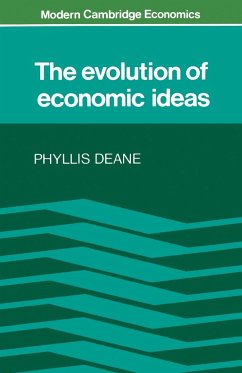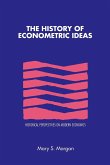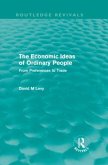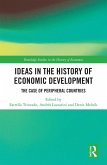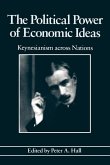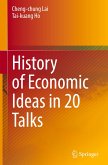The failure of orthodox economic analysis to provide acceptable answers to the dominant contemporary policy problems has given rise to a widespread feeling of 'methodological crisis' in the discipline. Students find it increasingly hard to relate to a textbook-authenticated paradigm which seems to be in the process of disintegration. The object of this book is to put some of the current theoretical controversies into long term perspective by tracing their historical antecedents. A connected object is to interpret some of the doctrinal divisions in the modern debate by showing that they spring from profound disagreements about what economics is and what questions the economist ought to be trying to answer. It examines the way leading theorists have adapted their theories and concepts to major changes in the problem-situation facing policy makers. The book is in no sense exhaustive (either in the range of theories or in the selection of theorists discussed) but focuses particularly on changes in economists' views on the scope and methodology of economics and on the evolution of strategic ideas in the fields of value theory, monetary theory and growth theory. It raises questions of a socio-historical kind, such as: when did economics acquire a sufficently coherent and well-attested paradigm to rank as a distinct discipline? What were the distinguishing characteristics of successive paradigms for economics? How revolutionary were the changes attributable to periods of significant theoretical change? How can we explain the success or failure of alternative paradigms in gaining a hold over the minds of a majority of professional economists? All economists will find valuable insights in this book. For undergraduate students it is a compact and readable introduction to the history of economic thought.
Table of contents:
Series preface; Introduction; 1. Origins of modern economics; 2. Adam Smith's theory of value; 3. Origins of modern growth theory; 4. Classical monetary theory; 5. Ricardo on value, distribution and growth; 6. Scope and methodology of classical political economy; 7. The marginal revolution and the neo-classical triumph; 8. The neo-classical theory of value; 9. The Marxian alternative; 10. Neo-classical orthodoxy in the inter-war period; 11. Monetary theory in the neo-classical era; 12. The Keynesian revolution; 13. Twentieth-century growth theory; 14. Methodological divisions in economics since Keynes; Index of names; Subject index.
This book puts some of the current theoretical controversies into long term perspective by tracing their historical antecedents as well as interpreting some of the doctrinal divisions in the modern debate by showing that they spring from disagreements about what economics is and what questions the economist should be attempting to answer.
Table of contents:
Series preface; Introduction; 1. Origins of modern economics; 2. Adam Smith's theory of value; 3. Origins of modern growth theory; 4. Classical monetary theory; 5. Ricardo on value, distribution and growth; 6. Scope and methodology of classical political economy; 7. The marginal revolution and the neo-classical triumph; 8. The neo-classical theory of value; 9. The Marxian alternative; 10. Neo-classical orthodoxy in the inter-war period; 11. Monetary theory in the neo-classical era; 12. The Keynesian revolution; 13. Twentieth-century growth theory; 14. Methodological divisions in economics since Keynes; Index of names; Subject index.
This book puts some of the current theoretical controversies into long term perspective by tracing their historical antecedents as well as interpreting some of the doctrinal divisions in the modern debate by showing that they spring from disagreements about what economics is and what questions the economist should be attempting to answer.

